Hilling potatoes: when, how correctly and how to hilling
Hilling potatoes is a very important agricultural technique that must be used competently, otherwise it will not be beneficial, but harm. Many summer residents neglect this technique, others too often loosen and huddle potato beds. I must admit that both are wrong.
In this article, we will try to figure out: is it necessary to hilling potatoes and what it gives, when it needs to be done, how to do it correctly and how to do it.
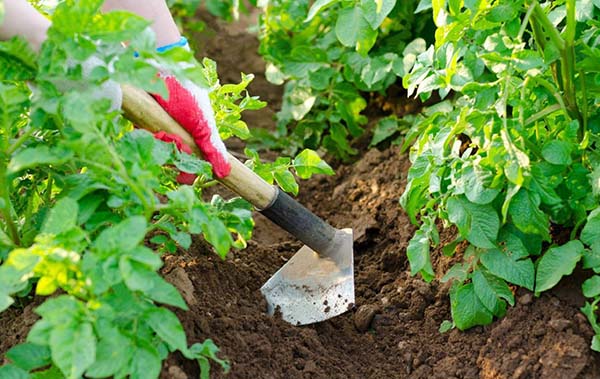
Content
Why spud potatoes: advantages of the procedure
Potatoes, like no other vegetable, need hilling. Let this agrotechnical technique be quite laborious (especially in the case of manual) and takes a lot of time, but the effect more than justifies the efforts made.
In general, hilling of potatoes makes it possible to increase the length of the underground part of the stem, which helps to increase the yield.
Thus, hilling potatoes has the following advantages:
- the stems will stand stronger, and the bushes will definitely not fall during strong winds;
- the risk of developing green tubers is minimized;
- the bushes will definitely not freeze during the spring return frosts;
- during hilling, weeding will actually be carried out;
- a very powerful and branched root system is formed;
- loosening contributes to a better retention of moisture and air near the roots of the plant;
- minimizes the risk of washing out fertilizers from the soil of a potato bed;
- more convenient and faster to harvest.
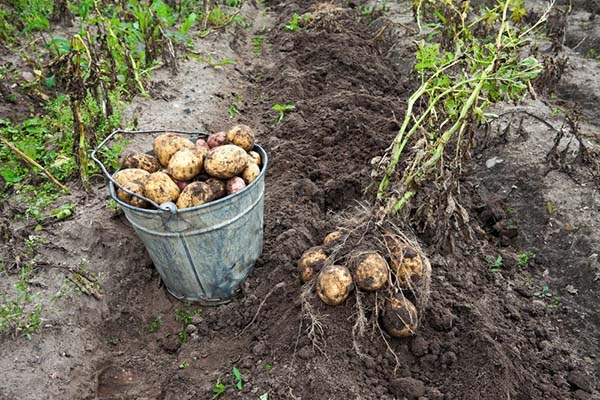
Important! If your soil is excessively sandy, then there is no point in hilling potatoes, because all the moisture and liquid dressings will roll off and will not be able to feed the root system. Therefore, this agrotechnical procedure is done only on clay or loamy soil.
Is it possible to do without hilling potatoes?
In some cases, potato beds do not huddle up, namely:
- when grown in hot and dry southern regions;
- with a special cultivation method without hilling, for example, under a film or black non-woven material, in bags, and under the straw.
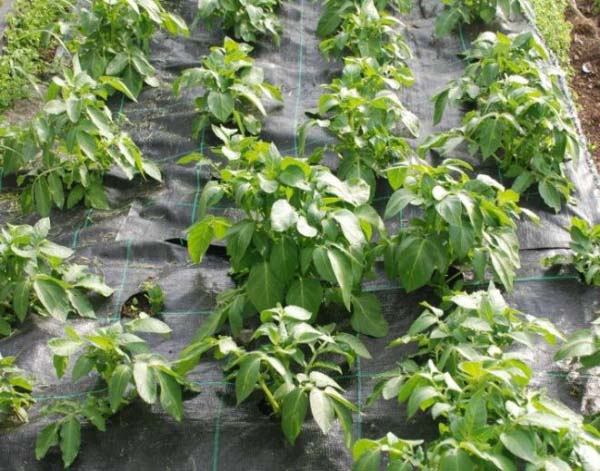
When to huddle potatoes: optimal timing
It is rather difficult to name the exact time and optimal time when potatoes should be hilled. This largely depends both on the region of your residence, on the current weather conditions, and on the specific variety. Nevertheless, there are general periods in the development of this root crop, according to which hilling should be performed.
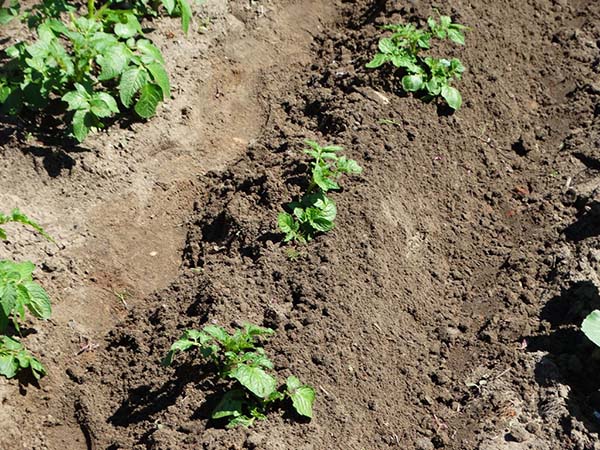
The first hilling of potatoes, as a rule, is carried out 2-3 weeks after planting, when the leaf shoots reach a height of 5-8 cm from the soil level (according to some gardeners, it is better to do this after reaching 10-15 centimeters). Moreover, you need to huddle in such a way that the top remains 2-3 centimeters, and the rest of the stem was covered with earth. This treatment will protect the potato beds from spring frosts and stimulate root growth. In this case, it is advisable to combine hilling with weeding.
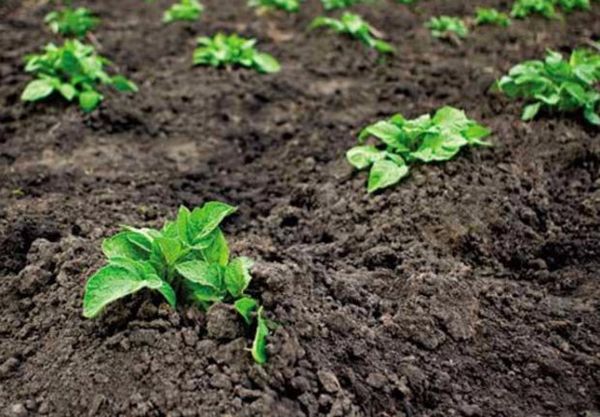
Video: first hilling
INsecond hilling potato beds is best done in about 2-3 weeks after the first, when the height of the tops has already reached 12-15 centimeters. Above should remain 3-5 centimeters vegetative mass.
Note! The second hilling of potatoes is considered optional, it is recommended to carry it out only if the soil on your site is sufficiently heavy and clayey.
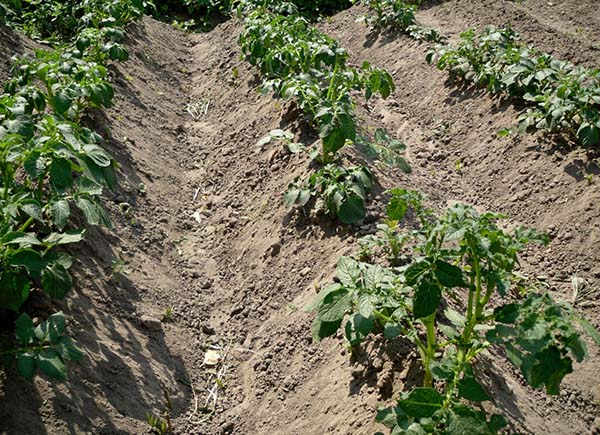
Video: second hilling
Third hilling of potatoes is carried out somewhere in 4 weeks, about 5-7 days before the tops close and flowering, when the bushes have already reached a size of 20-30 cm. As a result, you should fill the stem by about 20 centimeters. Moreover, it is better to do this without using a cultivator, but manually with a hoe. It is at this moment that it is very important not to damage the already overgrown tops, since any wound is a direct path to infection (parfait, late blight, Alternaria and other diseases), which can penetrate into the bush.
Video: third (last) hilling
Advice! Combine weeding potato beds with hilling.
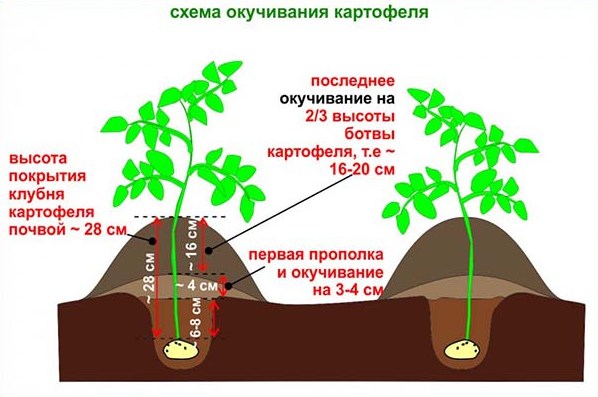
Many novice summer residents are interested in why it is impossible constantly disturb the potato bush: loosen, add soil to the potato beds.
The fact is that when you constantly huddle potato bushes, you rake the soil from the location of the mother root and thereby reduce the soil layer. This, in turn, leads to a decrease in yield, since the tuber overheats, it begins to experience a lack of moisture, the temperature rises, and the roots grow less. In addition, it is in this state that the tuber is most susceptible to infections, in particular, the likelihood of infection with scab increases.
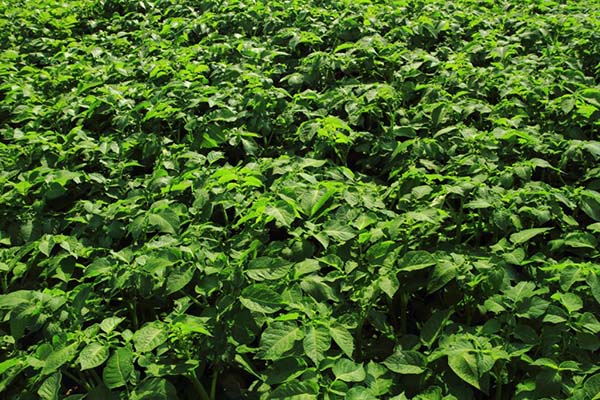
Important! During the period of closure of potato foliagewhen it completely closes and there is no free space between the bushes, it is better to refuse hilling the potatoes, since there is a high probability of causing damage to the plant. Moreover, during this period, hilling will be completely useless. The same goes for the period flowering.
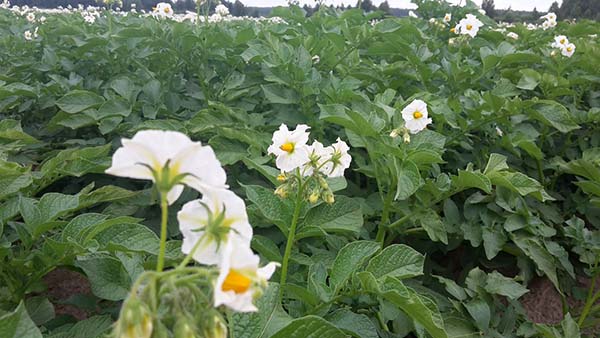
Video: how many times per season and how to spud potatoes
Tips and tricks for the correct hilling of potatoes
If you huddle in the wrong way, making the row very thin, then the bush will begin to dry out in this place, and there will simply be no benefit from this agrotechnical technique. The meaning of hilling is for the potatoes to begin to release the lateral roots on which tubers will form, and for this the thickness of the row must be sufficiently voluminous.
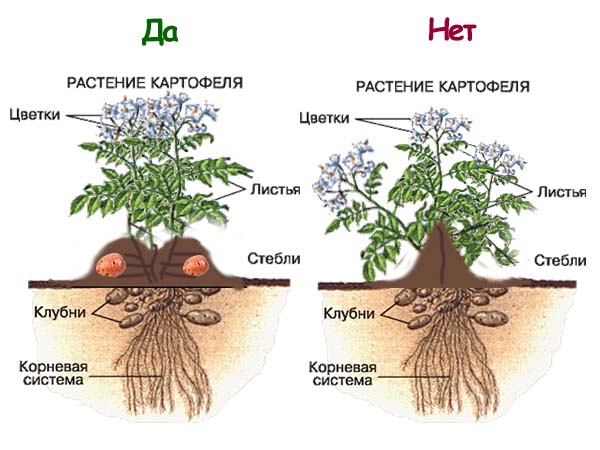
The optimal time for hilling potato beds isevening or early morningafter rain on wet (damp) ground(but you will not specifically wait for rain, just water the beds before the procedure). Why? First, it is very convenient to make ridges from wet soil (they crumble from dry soil). Secondly, when we add moist soil to the base of the stems, we stimulate the growth of underground shoots, on which the cherished potato tubers are actually formed, which inevitably leads to an increase in yield.
Note! If during the first hilling frosts expected, then it is better to sprinkle low shoots as high as possible, thereby protecting them from a possible cold snap. If it's hot, then you don't need to sprinkle high, this will only slow down their growth.
Therefore, hilling is definitely recommended for the northern regions. In the southern regions, this procedure, on the contrary, can harm potato plantings, since an increase in ground temperature can significantly lower yields, because potatoes do not like high temperatures.
Video: how to and don't spud potatoes
By the way! There is a very interesting, somewhat different from the standard, but very effective fan-shaped method of hilling.
Video: fan hilling of potatoes to increase yields
How to spud potatoes: special devices and tools
As a rule, most gardeners spud potatoes by hand using the most common hoe, although there have long been many mechanical means that greatly simplify this laborious and time-consuming, but very important agricultural procedure.
Motoblock
It is absolutely obvious that this method is quite expensive, but it must be admitted that it is the most rational for hilling, especially if you are growing potatoes on a large scale.
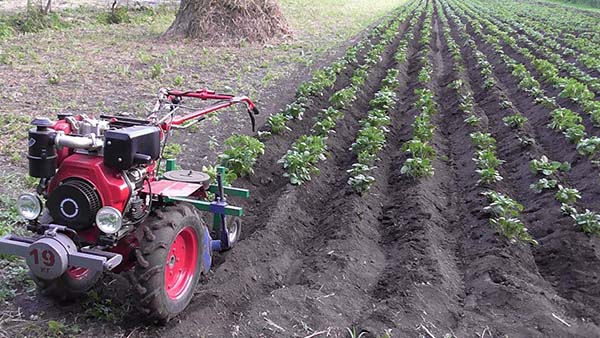
The design that is installed on a walk-behind tractor for hilling potatoes can be completely different.
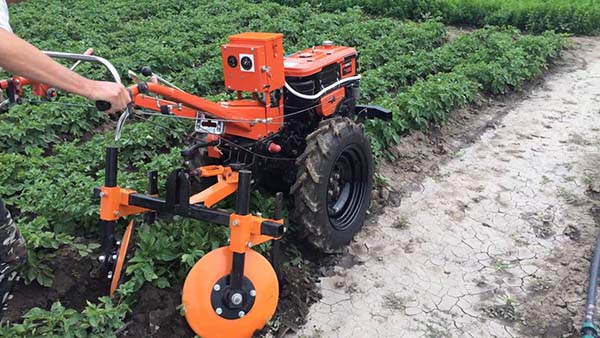
The walk-behind tractor will greatly simplify your work at the summer cottage, but it is worth considering the fact that its use is possible only if there is the same distance between the potato rows, otherwise you will simply damage and injure all the tubers.
Video: hilling potatoes with a walk-behind tractor
Disc hiller
A manual hiller, such as a disc, is much cheaper than a walk-behind tractor, and you can also make it yourself. This requires only a handle, a handle and two dumps.
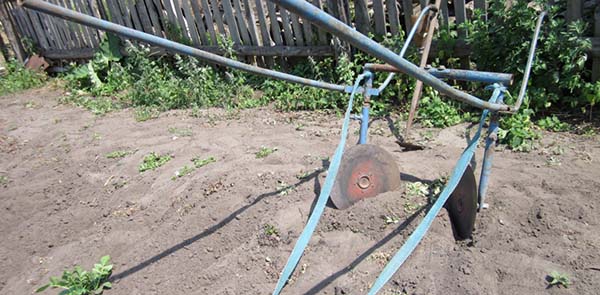
Hilling with it is much easier than with a hoe or, even more so, with a plow.
In general, the use of such a mechanical disc hiller is quite wide and is suitable not only for potato beds.
Video: disc hiller
There are also motoblocks with a disc hiller.
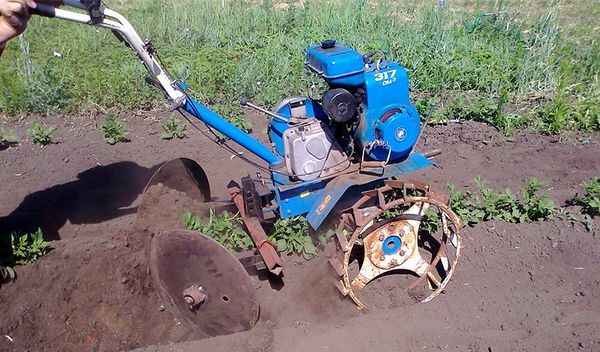
Cultivator
Automatic and mechanical cultivators are very popular when hilling potato rows, with the help of which they usually loosen the soil.
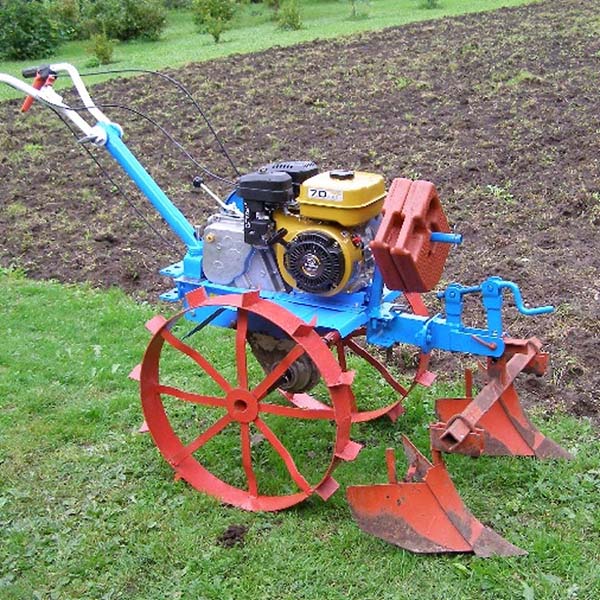
The design of a hand-held cultivator is quite simple, so it is not that expensive.
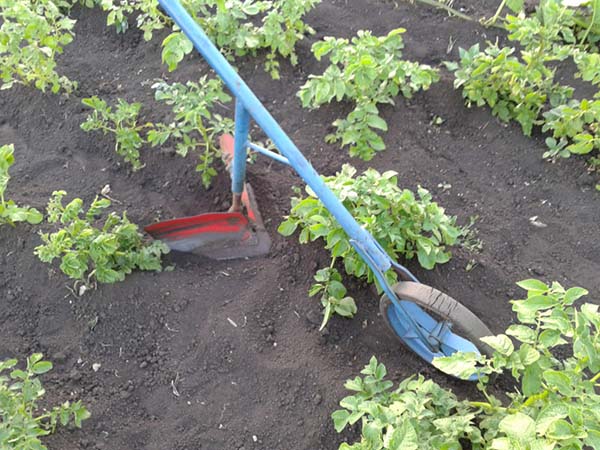
The most important thing when using a cultivator, whether manual or automatic, is to stay on the set course while hilling potato bushes, so as not to accidentally damage the beds and root system of root crops.
Video: weeding and hilling potatoes with a hand cultivator
Plow
If you are an adherent of old and well-proven tools, then the plow is your choice, although, admittedly, it is already obsolete and, as a rule, is used in a modified form.
There are many ways to use the plow for hilling potato beds.
With the plow, you can pull and huddle potatoes by hand.
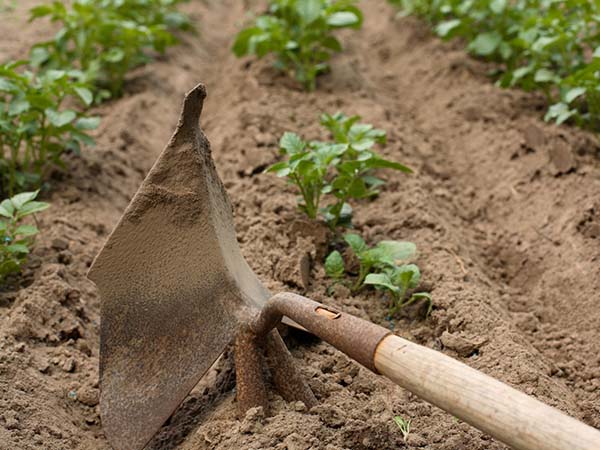
If you have a horse, you can use it to pull the plow.
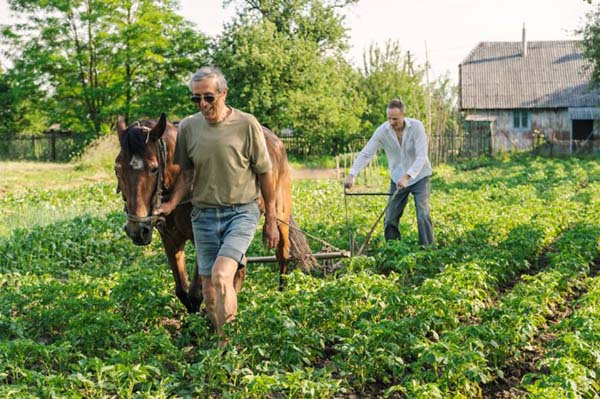
There is an option to weld it to the wheel (although it will be more of a cultivator).
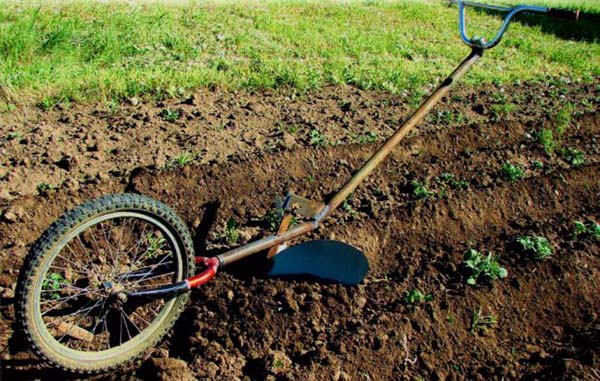
Advice! It is optimal to choose a plow that is light in weight so that you spend a minimum of effort on moving it if you decide to work with it manually.
Chopper (hoe)
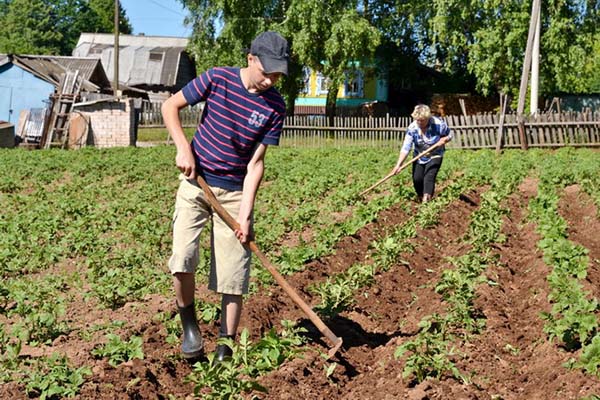
If you nevertheless decide to huddle the potatoes by hand with a hoe or a shovel, then it must be correctly selected (reach to the chin), well honed (so that the weeds are easily cut off) and firmly planted on the cutting (so that it does not dangle). If these requirements are met, your labor productivity will be high, and the overall quality of work will be significantly higher.
The process of manual hilling with a hoe is reduced to raking the soil onto the bushes from the row spacing.
Video: how to spud potatoes by hand with a hoe
It doesn't matter how you spud potato plantings - manually with a hoe or using various devices. If you properly observe all the terms and agrotechnical measures for hilling potatoes, you can grow a large and healthy crop.

